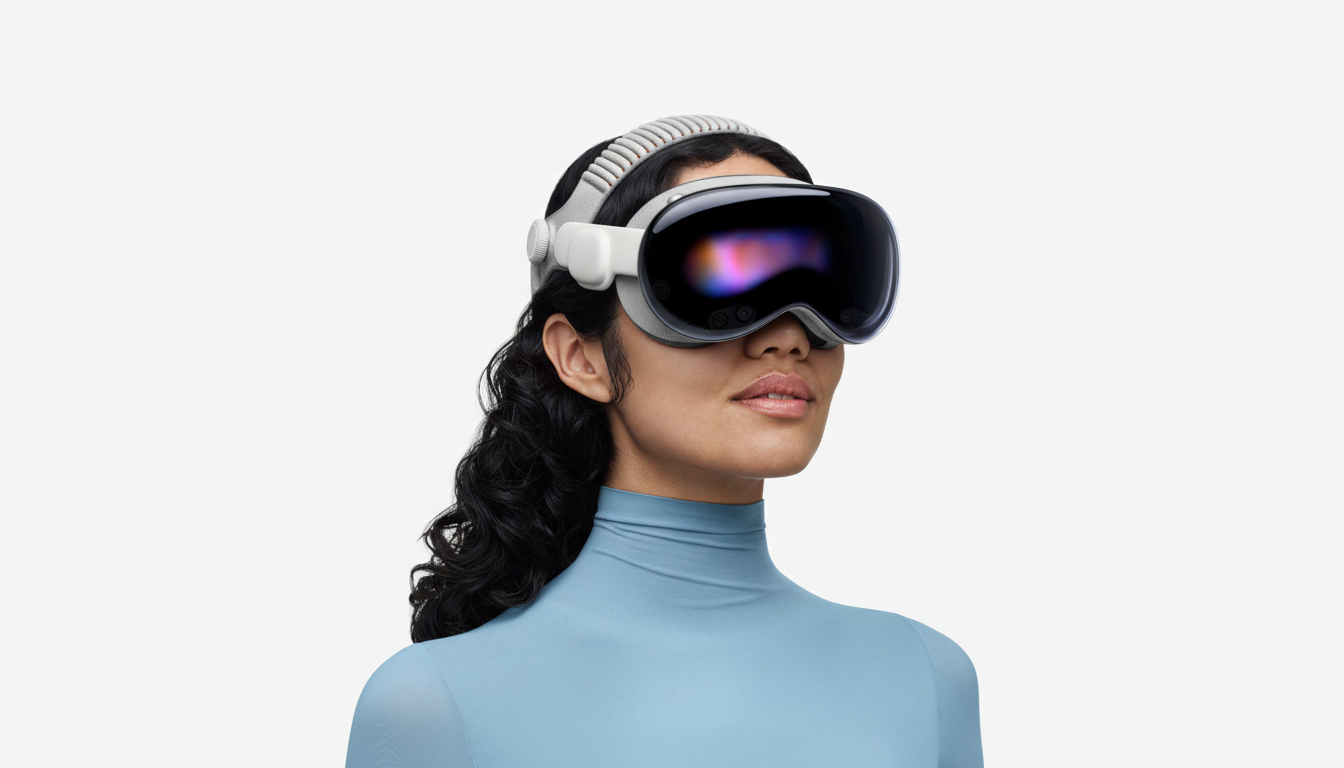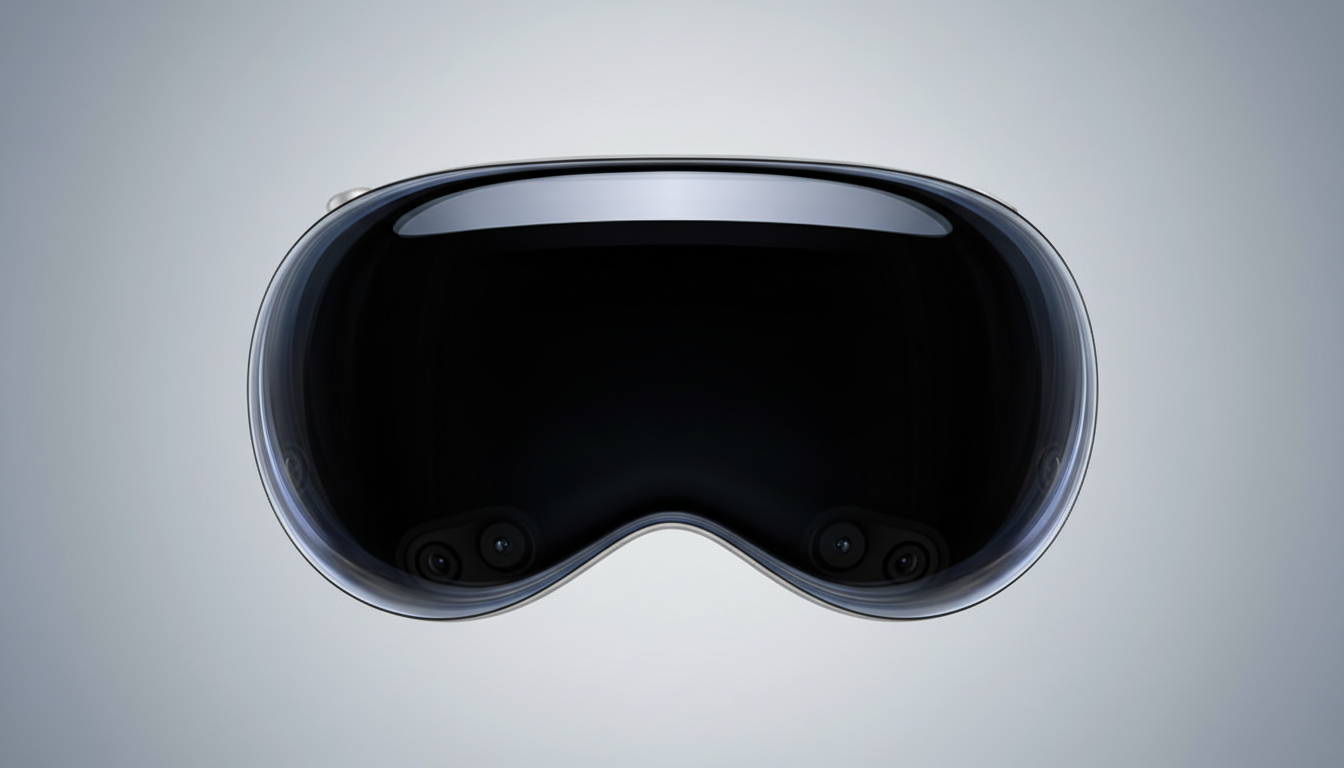Samsung’s first Galaxy XR headset is now in the wild, and the first question asked about any face-worn computer is straightforward: how long can it run untethered? Early ratings place Samsung safely in the leading endurance bracket, with minor but meaningful variations that depend on what you do in mixed reality. Samsung lists it at up to two hours of general use and two and a half hours of constant video, covering day-to-day applications such as browsing, lighter productivity, and casual mixed reality.
Apple’s Vision Pro lineup splits in two. The earlier model aligns with Samsung, with up to two hours of typical use and two and a half hours of video. According to Apple’s technical guidance, the newer Vision Pro model takes a step forward, boasting a rated two and a half hours of use. It also records up to three hours of video, a rise of about 25% based on mixed workloads, and a longer leisurely movie.

Meta’s Quest 3 does it differently, opting for an integrated headset battery. Meta’s statistics show it at about 2.2 hours of mixed use, in the same neighborhood and just above Samsung’s general-use figure and below Apple’s latest Vision Pro.
Battery placement trade-offs: comfort, balance, and heat
As with Apple, Samsung shifts the battery to a portable puck. This choice alleviates the burden on the face for comfort and temperature performance, ultimately helping it maintain high performance under load.
The Quest 3’s on-head battery makes getting it on and off easier as well as more portable, but also introduces a front-heavy burden; some Quest owners offload it with wearables or battery headbands. In the same vein, it’s better handled for long-term sessions with external bundles. If there’s already a cable in the mix, it’s straightforward to use a power bank on a lengthy journey or at a table.
As a result, for Quest 3, the Meta Elite Strap with Battery and third-party headbands are currently popular session enhancements. According to accessory manufacturers and reviewer reviews, endurance is frequently nearly doubled in practice.
What really drains XR headsets: displays, cameras, tracking
Power measurements only tell part of the story. Mixed-reality passthrough, bright microdisplays with higher refresh rates, hand and eye tracking, and full-scene perception all raise power intensity, as do some of the heavier applications—spatial video recording, high-quality MR experiences, or 3D panel proliferation for rendering.
Manufacturers and reviewers acknowledge that cameras and visual displays consume more battery in bright surroundings, and Wi‑Fi sessions cost more than local recording. This lends Samsung’s statement additional credibility. Matching Quest 3’s neighborhood while pushing a denser, compute-heavy MR stack indicates solid power management. Conversely, Apple’s current Vision update points to small performance gains expected in silicon, screen drivers, and overall efficiency. This is a pattern Apple has followed for years.

Charging strategies and managing longer XR sessions
For topping up, brief bursts are preferred by most XR users over full cycles. If you are using Samsung’s or Apple’s external packs, which may be charged while off-head, a 30-minute recharge can recover a large portion of your session.
Quest 3’s integrated design is perfect for the desk, but it normally entails taking the headset off unless you install an external battery strap or use a lengthy cable.
If you are planning a marathon, the best approach is to bring a secondary energy source. For Samsung’s external pack, reviewers generally carry portable USB‑C power banks, or they use a battery head strap for Quest 3 during testing. For Vision Pro, Apple’s pack can also be recharged externally when you are not moving, thanks to the puck design.
Bottom line on endurance across today’s leading XR headsets
Across most of today’s headsets, the agreed untethered time limits are two to three hours.
- Samsung Galaxy XR: up to 2 hours of general use; up to 2.5 hours of video.
- Meta Quest 3: about 2.2 hours of mixed use.
- Apple Vision Pro (latest): up to 2.5 hours of use; up to 3 hours of video.
- Apple Vision Pro (earlier model): up to 2 hours of use; up to 2.5 hours of video.
If you prioritize longer battery life and maximum wearability, Samsung’s and Apple’s puck-driven designs are ideal. With external power solutions, Quest 3 remains a viable alternative due to its convenience and simplicity. Apple’s newest version comes out on top thanks to battery capacity, and Samsung’s aligns with the earlier Apple model and is on the same level as Quest 3.
Bottom line: pick your ecosystem and use case first. For most people, endurance is a tie decided by workload—movies and lighter apps fit neatly within the ratings, while intensive mixed reality still needs a backup battery plan.

